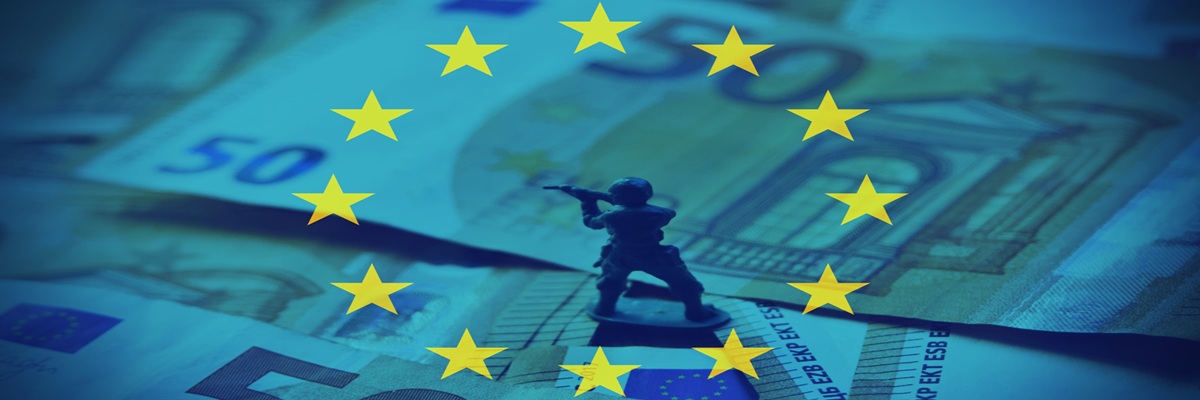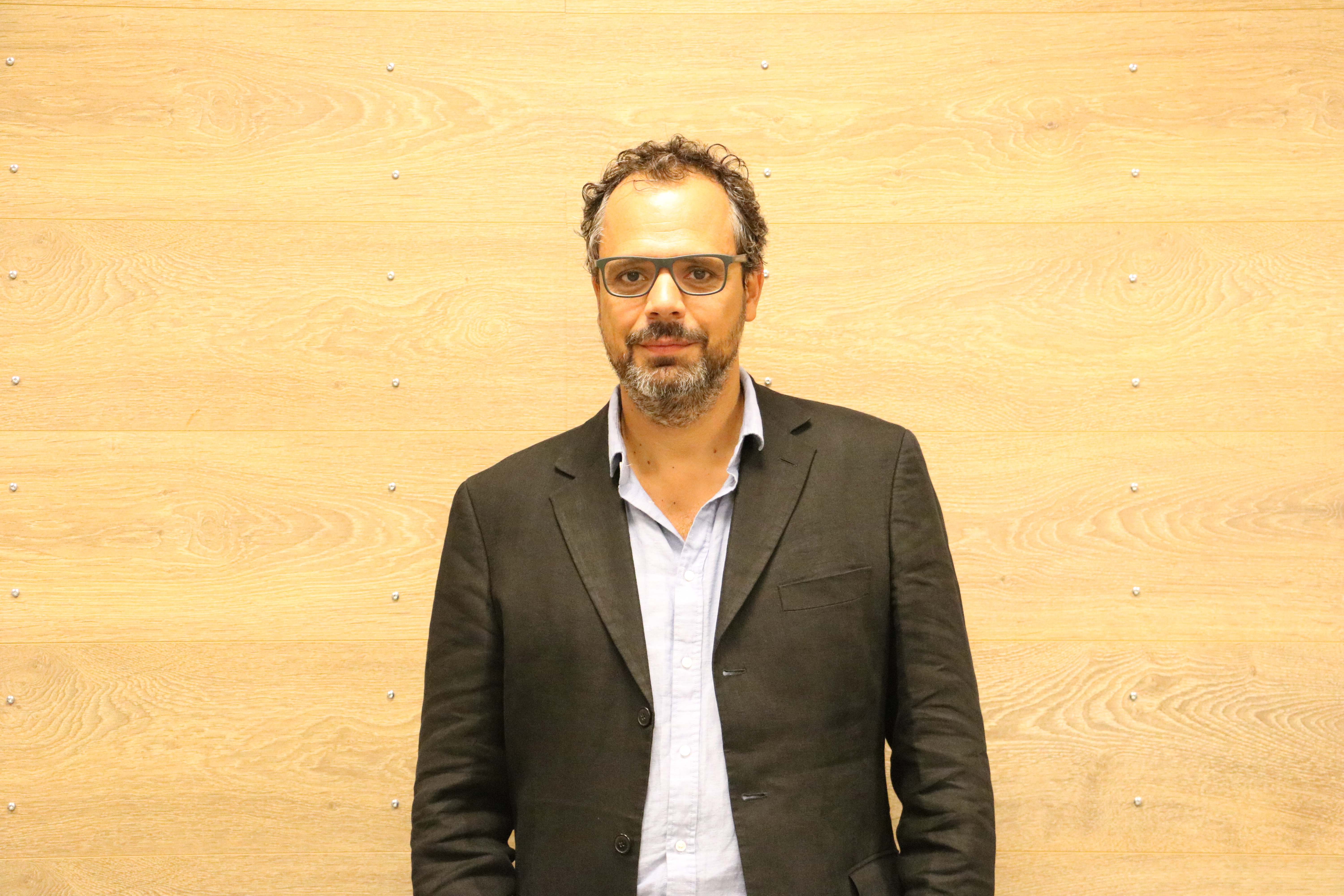Defense & Security
The ReArm Europe Plan: Squaring the Circle Between Integration and National Sovereignty

Image Source : Shutterstock
Subscribe to our weekly newsletters for free
If you want to subscribe to World & New World Newsletter, please enter
your e-mail
Defense & Security

Image Source : Shutterstock
First Published in: Mar.12,2025
Mar.31, 2025
In response to the weakening of the Atlantic Alliance and the challenges posed by the war in Ukraine, the Europeans have announced their intention to rearm, leveraging the European Union (EU) as part of this effort. To fully grasp the dynamics unfolding in Brussels—particularly regarding military financing—and to bring order to the myriad of initiatives launched in this field in recent years, it is essential to take a step back.
ReArm Europe: Prioritizing National Over European Financing
For several years now, the EU has developed new competencies to support and strengthen Europe’s defense industrial base. Since 2017, it has introduced various programs aimed at funding collaborative defense projects among member states, including the European Defence Fund (EDF) and the upcoming European Defence Industrial Programme (EDIP)—the latter still under negotiation. These programs, managed by the European Commission and financed through the EU’s ordinary budget, have remained relatively limited in scope. So far, member states have been reluctant to allow the European executive to gain too much influence in this area, which they consider a matter of national sovereignty.
However, the evolving geopolitical landscape—particularly the rapprochement between the United States and Russia—has underscored the urgency for European countries to pursue strategic autonomy by increasing their military spending and by joining forces through their common defense policies. Consequently, they have asked the Commission to explore ways to support defense sector investments while maintaining national control over decision-making.
On March 6, 2025, the Commission proposed a plan called ReArm Europe, in an attempt to square the circle desired by the Member States, namely reconciling the principle of national sovereignty with the need to act together. At this stage, the plan does not directly expand the existing EU defense support programs, such as the EDF or the future EDIP. Decisions regarding funding for these programs will be made in the coming months as part of the negotiations for the next Multiannual Financial Framework (2028–2034). Instead, ReArm Europe focuses on facilitating national military budget increases while ensuring a degree of European coordination.
Five Key Measures of ReArm Europe
To achieve this balance, the Commission has proposed five key measures:
• Activating the Stability and Growth Pact’s escape clause—which allows member states to exceed deficit and debt limits during crises. Under this proposal, countries could be allowed to increase their military budgets to up to 1.5% of GDP without this expenditure being counted in their national deficits. This measure could generate an estimated €650 billion over four years for defense spending.
• Raising €150 billion through EU-issued bonds, which would then be lent to member states at low-interest rates and with long repayment terms. This funding would support pan-European military projects, such as air defense systems, by pooling demand and enabling joint procurement. Some of the military equipment financed through this mechanism could also be sent to Ukraine.
• Facilitating the use of cohesion funds for defense investments. In this regard, it should be recalled that Member States remain free to decide whether or not to use the cohesion funds due to them for defense. These, in fact, must finance projects that are identified by the Member States and their local entities, although they must subsequently be approved at EU level.
• Creating a European savings and investment union to encourage private financial institutions to support the military industry—something they have been reluctant to do.
• Expanding the European Investment Bank’s (EIB) role in defense financing. Currently, the EIB can only fund dual-use (civilian and military) projects. The proposal seeks to lift restrictions on military financing entirely. However, this issue has been debated for years, and since the EIB’s board of directors comprises member states that make decisions unanimously, the Commission has no direct authority over this matter.
The Risk of a Counterproductive Outcome
The plan could undoubtedly strengthen European defense, but it could also weaken it. Much will depend on the technical details, as yet unknown, that will be adopted to implement it. To understand this point, it is worth recalling that the ultimate purpose of EU action on armaments is to reduce the fragmentation of the European defense industrial base, in order to consolidate it and make it more competitive. The EU must create a critical mass in terms of defense capabilities and technologies that will enable Europeans to stand up to the world’s major powers together.
However, if ReArm Europe simply leads to increased national military spending without coordination or a common EU strategy, it could produce the opposite of the intended effect. In such a scenario, each country would finance its own defense industry in isolation, exacerbating fragmentation and duplication of efforts, rather than strengthening Europe’s collective military capabilities.
Difficult Questions That Are Still Waiting for an Answer
The technical and regulatory details that will be adopted to implement the ReArm Europe plan will determine whether it will serve a European strategy or whether it will be nothing more than a futile attempt to water the desert sand. Several contentious issues remain to be addressed—particularly regarding the proposed exemption from the Stability and Growth Pact. These questions can be grouped into three main categories:
What Types of Defense Expenditures Will Be Exempt from Deficit Calculations? The EU must clarify which military expenditures will be excluded from national deficit calculations and which will still count: Will ReArm Europe apply only to investment spending (e.g., R&D, acquisitions), or will it also cover operational costs (e.g., salaries, training, deployment expenses)?
1.
Under What Conditions Will Defense Spending Be Exempt? The EU will also have to define the conditions under which arms expenditure will not be taken into account in the deficits:
• Will Member States have to invest in equipment identified as a priority at EU level, or will they be able to finance whatever they want without coordination within the EU?
• Will they have to do so through trans-European collaborative projects or not?
• What about European preference and eligibility criteria? Will they have to use this money to produce or purchase European equipment, or will they also be able to equip themselves abroad?
Who Will Decide? Finally, the issue of decision-making power remains unresolved:
• To what extent will the European Commission have discretion in determining which military expenditures qualify for exemption?
• Will the Commission have the authority to reject certain expenditures if they do not align with EU strategic objectives?
• For EU-backed loans, how will the projects to be financed be selected?
The negotiations that will have to be initiated within the EU to answer these questions will not be easy. Behind their bureaucratic appearance lie the perennial political and existential challenges that have plagued European defense since its inception: What level of integration are the member states prepared to accept? What role should Brussels and the Commission play? The squaring of the circle is far from resolved.
First published in :

Federico Santopinto is Senior Research Fellow at the French Institute for International and Strategic Affairs (IRIS) in Paris. He is specialized on European integration in defence and foreign policy, as well as on military and security cooperation between the European Union (EU) and Africa. As such, he also follows the EU development cooperation policies used for conflict prevention and crisis management.
Graduated in Political Science at the University of Florence (international option), Federico Santopinto obtained a master’s degree in International Politics at the Université Libre de Bruxelles (ULB). He then worked for more than ten years as a long-term electoral observer for the EU, mainly in post-conflict countries in Africa. At the same time, he joined GRIP (Groupe de recherche et d’information sur la paix et la sécurité), a research institute specialized on arms control, where he worked on both EU policies and UN peacekeeping. In this context, he has been project manager of the Boutros-Ghali Peacekeeping Observatory (OBG). Federico Santopinto also occasionally works for ULB as an associate expert.
Unlock articles by signing up or logging in.
Become a member for unrestricted reading!